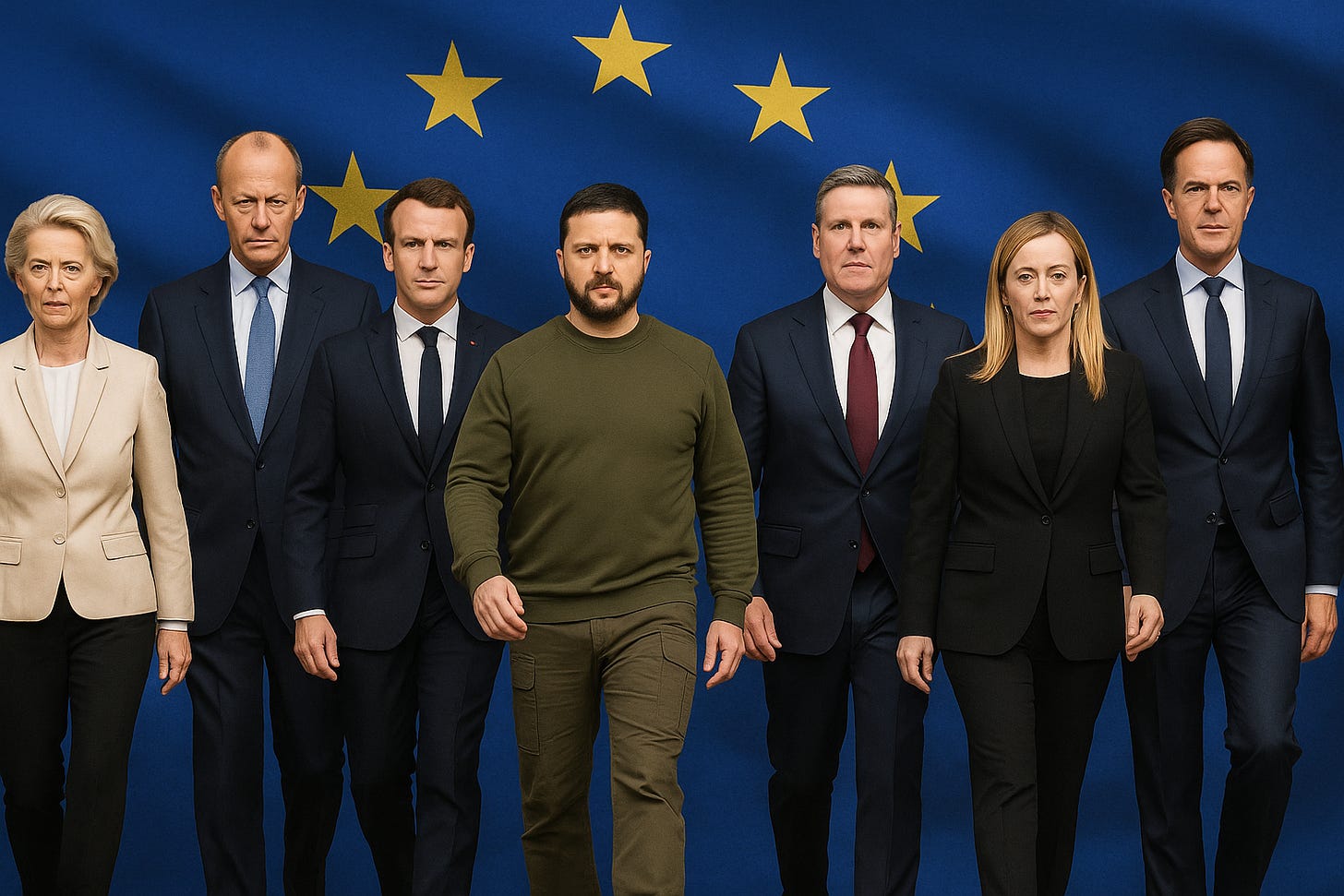Zelenskyy Leads Team Europe in Washington to Fight for Ukraine’s Future
With Donald Trump pressing for a deal after talks with Putin, Europe’s leaders have rallied behind Zelenskyy, joining him in Washington to defend Ukraine’s red lines.
👋Hey guys, Julien here. The French Dispatch is a reader-supported publication, and both our coverage of current affairs as well as our ability to bring you more news and information on the world around us is entir…




